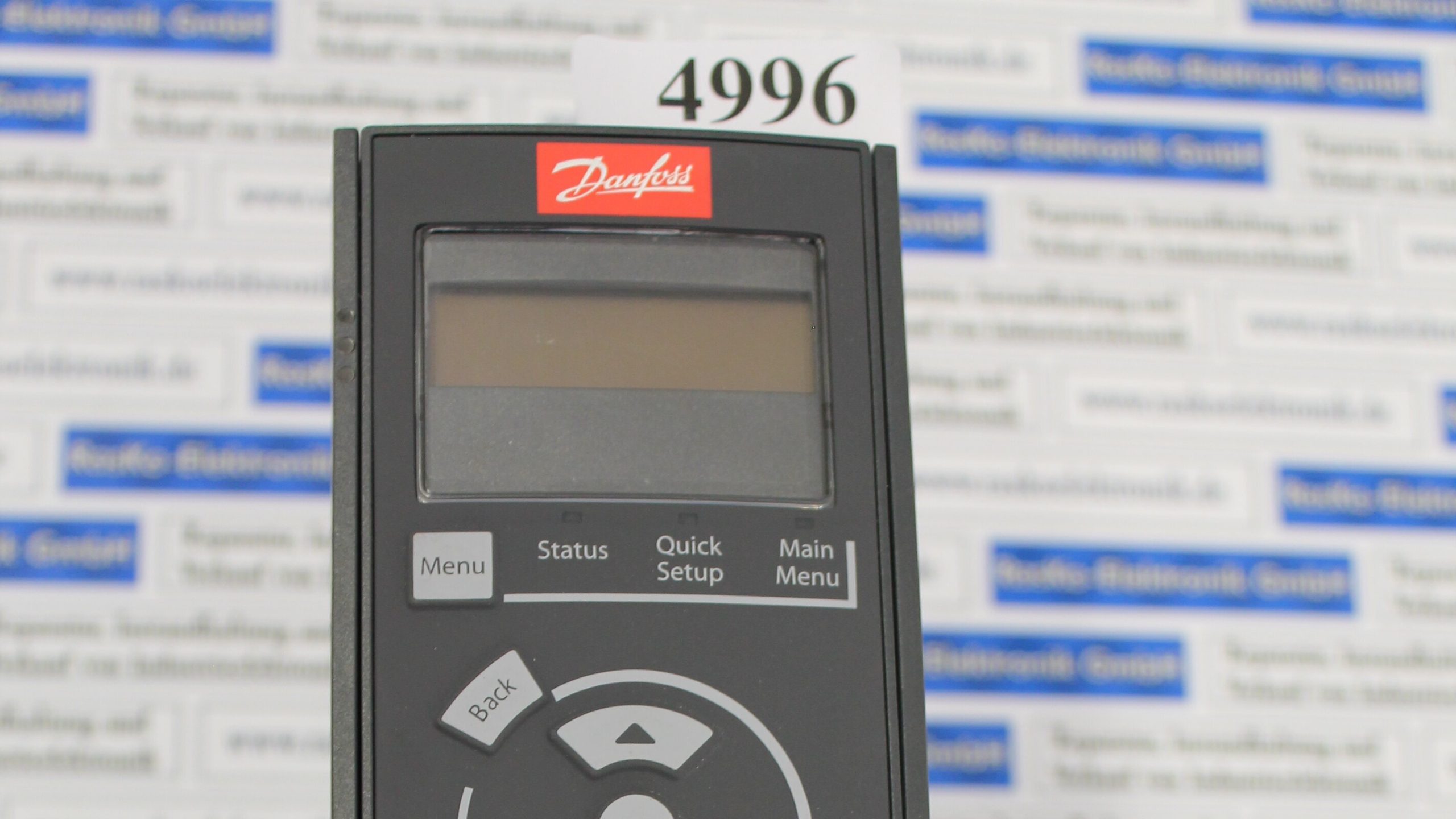Inverter technology Frequenzumrichter Danfoss SEW Lenze Siemens reparieren lassen has been a groundbreaking advancement in the field of electrical power. It has transformed the way we manage and utilize electricity, offering efficiency, versatility, and reliability across various applications. From everyday household appliances to industrial machinery and renewable energy systems, inverters play a pivotal role in converting direct current (DC) into alternating current (AC) with unparalleled precision and efficiency.
Understanding Inverter Technology
At its core, an inverter is an electronic device designed to convert DC power, commonly derived from sources like batteries or solar panels, into AC power. This transformation is crucial as many electrical devices and appliances operate on AC power, making inverters essential for their functioning.
How Inverters Work
Inverters function through a multistep process involving the manipulation of electrical components. They employ high-frequency switching to convert DC power to AC. Initially, the DC power is fed into the inverter, which then undergoes a process known as pulse width modulation (PWM). Here, the inverter swiftly turns the DC power into a simulated AC waveform by controlling the width of the pulses.
The resulting AC output closely resembles a sine wave, the standard form of AC power found in typical household outlets. Modern inverters are capable of producing pure sine waves, ensuring compatibility with a wide range of electronic devices that require high-quality power input.


